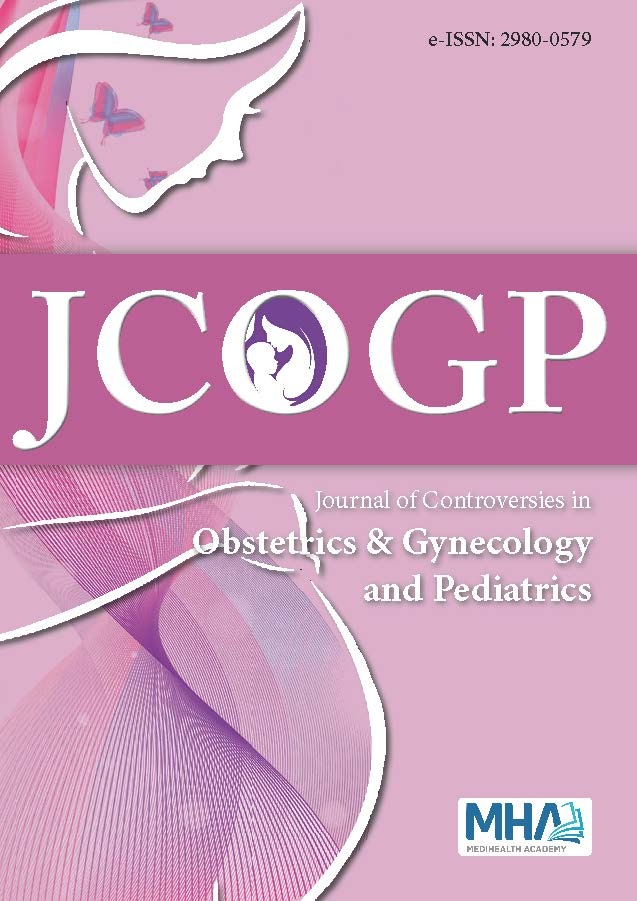1. Kurman RJ, Carcangiu ML, Herrington CS, Young RH. WHOClassification Tumours of Female Reproductive Organs. 4th ed.IARC:2014:124-154.
2. T.C Sağlık Bakanlığı Halk Sağlığı Müdürlüğü. Türkiye kanseristatistikleri 2016. 2019; Available from: https://hsgm.saglik.gov.t r/depo/ bi r i m ler/ kanserdb/istat ist i k / Trk iye _ K a nser_statistikleri_2016.pdf
3. Ferlay J, Shin HR, Bray F, Forman D, Mathers C, Parkin DM.Estimates of worldwide burden of cancer in 2008: GLOBOCAN2008. Int J Cancer. 2010;127(12):2893-2917. doi:10.1002/ijc.25516
4. Steinbakk A, Malpica A, Slewa A, et al. Biomarkers and microsatelliteinstability analysis of curettings can predict the behavior of FIGOstage I endometrial endometrioid adenocarcinoma. Mod Pathol.2011;24(9):1262-1271. doi:10.1038/modpathol.2011.75
5. Rock JA, Thompson JD. Malignant tumors of the uterin corpus,incidence. Te Linde’s Operat Gynecol. 1997;50:1503.
6. Crissman JD, Azoury RS, Barnes AE, Schellhas HF. Endometrialcarcinoma in women 40 years of age or younger. Obstet Gynecol.1981;57(6):699-704.
7. Christopherson WM, Connelly PJ, Alberhasky RC. Carcinoma ofthe endometrium. V. an analysis of prognosticators in patients withfavorable subtypes and Stage I disease. Cancer. 1983;51(9):1705-1709.
8. Nilsen PA, Koller O. Carcinoma of the endometrium in Norway1957-1960 with special reference to treatment results. Am J ObstetGynecol. 1969;105(7):1099-1109. doi:10.1016/0002-9378(69)90133-1
9. Lurain JR, Rice BL, Rademaker AW, Poggensee LE, Schink JC,Miller DS. Prognostic factors associated with recurrence in clinicalstage I adenocarcinoma of the endometrium. Obstet Gynecol.1991;78(1):63-69.
10. Baltzer J, Lohe KJ. Pathologie. Diagnostic und Behandlung desEndometriumkarzinoms und seiner Vorstufen. In: Kaser O,Friedberg V, Ober KG, Thomsen K, Zander J, eds. Gynakologie undGeburtshilfe. Stuttgard: 1988:3:101.
11. Chambers SK, Kapp DS, Peschel RE, et al. Prognostic factors andsites of failure in FIGO stage I, grade 3 endometrial carcinoma.Gynecol Oncol. 1987;27(2):180-188.
12. Wharton JT, Mikuta JJ, Mettlin C, et al. Risk factors and currentmanagement in carcinoma of the endometrium. Surg GynecolObstet. 1986;162(6):515-520.
13. Boronow RC, Morrow CP, Creasman WT, et al. Surgical staging inendometrial cancer: clinical-pathologic findings of a prospectivestudy. Obstet Gynecol. 1984;63(6):825-832.
14. Turner DA, Gershenson DM, Atkinson N, Sneige N, WhartonAT. The prognostic significance of peritoneal cytology for stage Iendometrial cancer. Obstet Gynecol. 1989;74(5):775-780.
15. Schink JC, Lurain JR, Wallemark CB, Chmiel JS. Tumor size inendometrial cancer: a prognostic factor for lymph node metastasis.Obstet Gynecol. 1987;70(2):216-219.
16. Schink JC, Rademaker AW, Miller DS, Lurain JR. Tumor size inendometrial cancer. Cancer. 1991;67(11):2791-2794.
17. Bucy GS, Mendenhall WM, Morgan LS, et al. Clinical stageI and II endometrial carcinoma treated with surgery and/orradiation therapy: analysis of prognostic and treatment-relatedfactors. Gynecol Oncol. 1989;33(3):290-295. doi:10.1016/0090-8258(89)90514-3
18. Aalders J, Abeler V, Kolstad P, Onsrud M. Postoperative externalirradiation and prognostic parameters in stage I endometrialcarcinoma: clinical and histopathologic study of 540 patients.Obstet Gynecol. 1980;56(4):419-427.
19. Gokmen Karasu AF, Ates S, Gurbuz T, Sahin N, Takmaz T, AydinS. A clinico-pathological study of transvaginal endometrialthickness measurement in asymptomatic postmenopausal patientsand patients with postmenopausal bleeding. Gynecol Obstet ReprodMed. 2019;25(2):85-88. doi:10.21613/GORM.2018.851
20. Creasman WT, Rutledge F. The prognostic value of peritonealcytology in gynecologic malignant disease. Am J Obstet Gynecol.1971;110(6):773-781. doi:10.1016/0002-9378(71)90571-0

